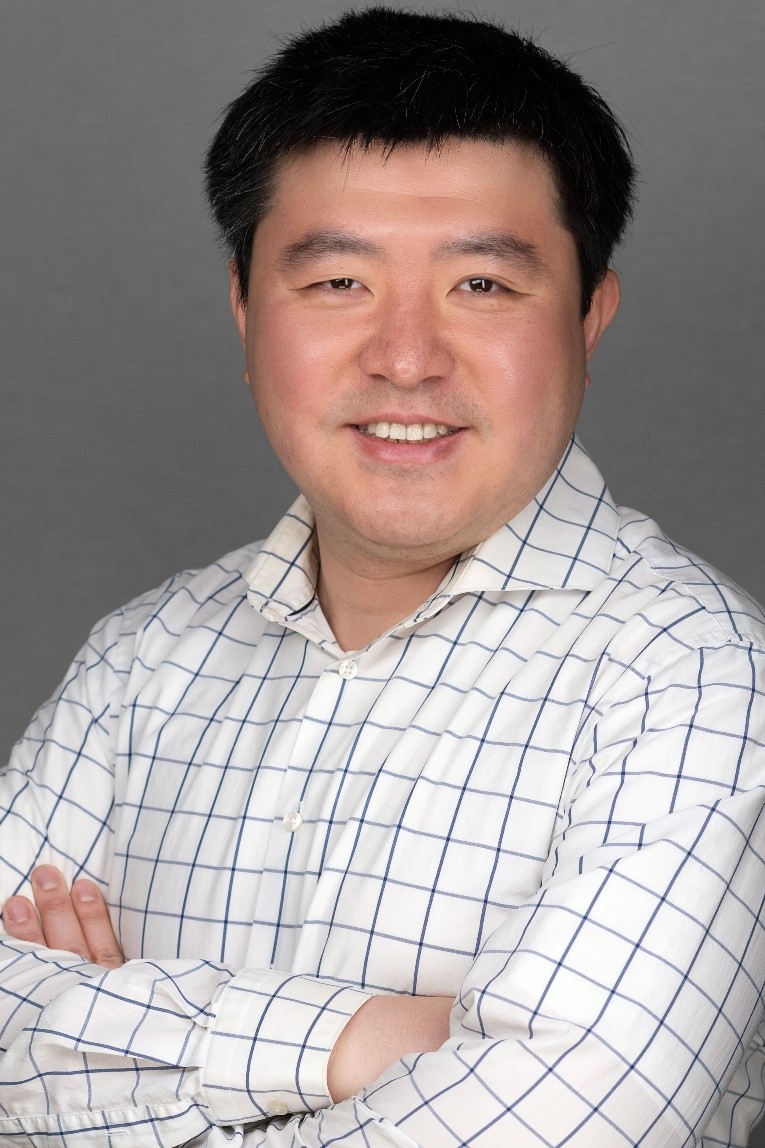Ying Lu, 2023

Who he is
Ying Lu, Ph. D. is an Assistant Professor in the Department of Systems Biology, Harvard Medical School. He received an undergraduate degree in physics from Peking University in China, before moved to The Rockefeller University to work with Dr. Frederick Cross on cell cycle regulation, and received a Ph.D degree there in biophysics in 2010. He was a postdoctoral fellow with Dr. Marc Kirschner in the department of systems biology. There he developed single-molecule microscopy methods to investigate the process of protein ubiquitylation and degradation, and led several structural studies on the human 26S and 19S proteasomes. Dr. Lu was appointed assistant professor in 2017.
What he does
The protein degradation system is at the center of cellular protein homeostasis and is closely associated with many human pathologies. The mechanism by which the degradation system selects its targets and effectively degrades them has not been well understood. Dr. Lu’s group develops interdisciplinary methods and endeavors to understand how the key degradation machinery, namely the proteasome and the p97/VCP complex, operates and how a failure to degrade protein may cause diseases.
The lab has two current areas of focus:
1) The structural dynamics of the 26S proteasome. Intricate changes of the proteasome’s conformation underlie most of its activities, and has been challenging to study by most experimental methods. We pioneered the empirical free-energy landscape approach to simulate the global conformational dynamics of the proteasome, for addressing the key questions in protein degradation.
2) The expanded protein degradation system. Although the canonical protein-degradation process by proteasome and autophagy pathways has been well documented, the degradation system contains a number of regulatory factors that are still poorly understood. Many of these factors have been implicated in human diseases. We aim to reconstitute the expanded protein degradation system containing different regulatory factors, to address their biological functions.
News from the Lab
The mechanism of proteasome activation. The capacity of the proteasome system is tightly regulated and increases in a variety of conditions such as heat shock and muscle atrophy. To elucidate the mechanism of proteasome activation, we resolved high-resolution cryo-EM structures of proteasome with its activator ZFAND5, and identified how ZFAND5 alters the substrate-processing steps on proteasome using single-molecule microscopy. We found ZFAND5 simultaneously interacts with multiple subunits on proteasome and induces a novel conformation of the 19S particle. This allows more efficient substrate capturing by proteasome’s ATPase complex, leading to increased protein degradation.
Ubiquitin Signal Amplification. In a search for unknown factors required for degrading difficult substrates, such as structurally-stable proteins and protein aggregates, we discovered that HUWE1, a HECT-family E3, can broadly stimulate the degradation of soluble factors, including many therapeutic targets, and protein aggregates. We found that HUWE1 promotes degradation through rapidly expanding the ubiquitin modification on its targets that have already been ubiquitylated, using a novel “ubiquitin-directed ubiquitin ligase” activity. The expanded ubiquitin modification recruits the p97/VCP unfoldase to promote the clearance of these targets.


